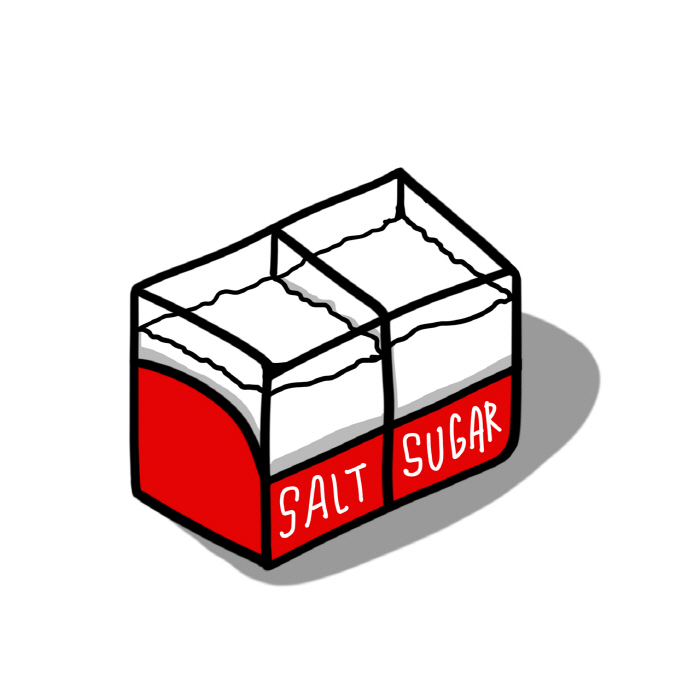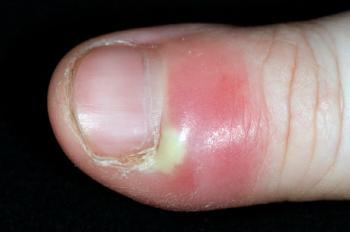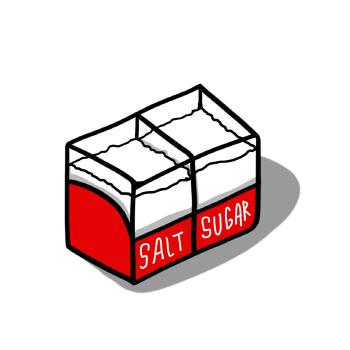Less salty or less sweet...The Ministry of Food and Drug Safety adds bread and chocolate to the list of sodium and sugar reduction marks
Sep 25, 2025
|
According to the amendment, bread, fish sauce, meat extract, processed meat products, and chocolate, which have reduced the content of sodium and sugars by 10% or more than 25% compared to the average value of products on the market, can also be marked with 'less salty' and 'sugar reduction'.
The additional targets for sodium reduction are bagels, baguettes, ciabatas, croissants, breads, morning breads, grain buns, and 10 kinds of meat extraction products, including soup, stews, hot pots, and fish sausage (limited to snack products), and five kinds of sugars, including chocolate, milk chocolate, semi-chocolate, and chocolate processed products (chocolate snack, chocolate form).
The Ministry of Food and Drug Safety said that the targets for expanding the sodium sugar reduction mark this year include bagels, breads and other dietary breads, ▲ meat sausage for snacks that affect sodium intake among children's favorite foods, ▲ soup, stews and hot pots among meat-extracted products consumed by middle-aged and elderly people, and ▲ chocolates frequently consumed by girls and children in consideration of the fact that girls are eating sugars in excess of the World Health Organization (WHO) recommendations.
Although the daily sodium intake of Korean people continues to decline, it is 1.6 times higher than the World Health Organization's recommended standard (2000 mg/day), and the sugar intake of girls, children, and adolescents exceeds the WHO recommended standard (less than 10% of the total daily calorific value).
This article was translated by Naver AI translator.














